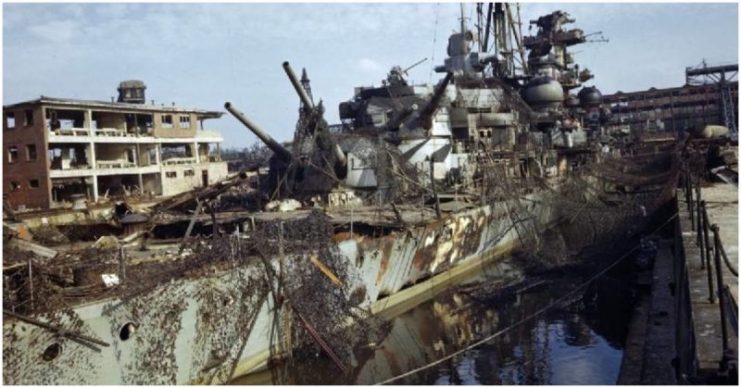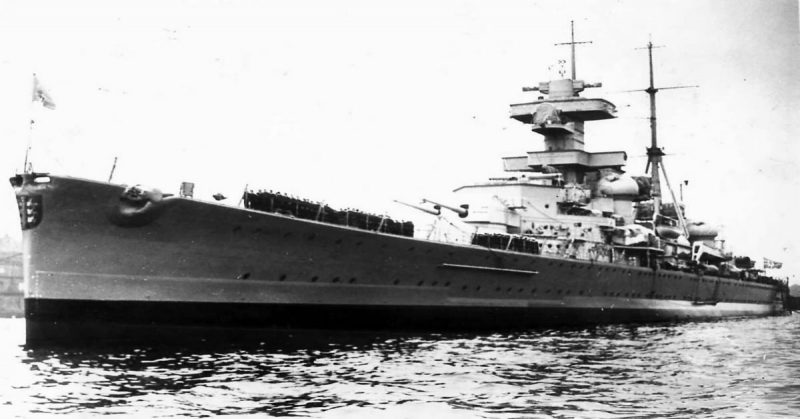Admiral Hipper was a heavy cruiser of the German navy. It received his name in honor of the admiral of the German fleet – Franz Ritter von Hipper. Admiral Hipper was laid in 1935, and on April 29, 1939, officially joined the Kriegsmarine.
Admiral Hipper had a smooth deck body in which armor plates added additional strength. The cruiser had a double bottom, which turned into a double board. The double bottom and double board occupied 72% of the length of the ship. Depending on the elements of the ship, the thickness of the armor began from 30 mm and ended at 160 mm. The length of the ship was 205.9 meters with a width of 21.3 meters.
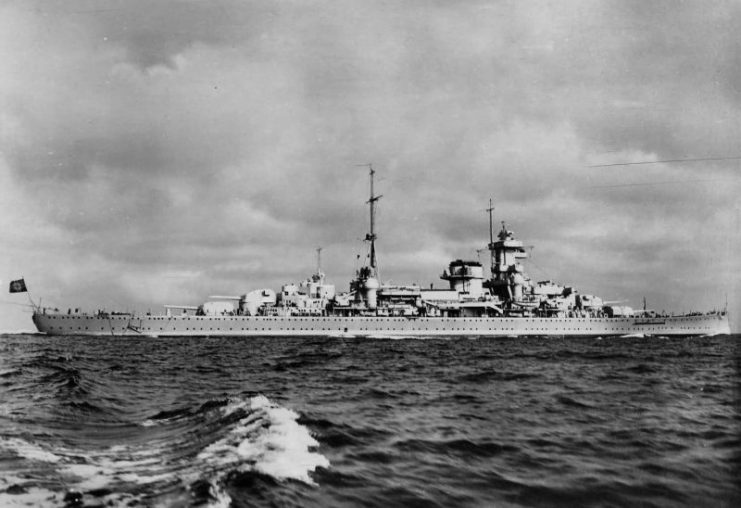
The Admiral Hipper was driven by three three-bladed propellers and three turbo-units produced by Blohm & Voss. All systems included three high, medium and low-pressure turbines, as well as high and low-pressure turbines for reverse. The total engine power was 132,000 hp. producing a maximum speed of 32 knots. The range of navigation at a speed of 19 knots was 6,800 miles.
The main armament included eight 203-mm guns which were located on the gun towers in the bow and stern of the ship. Anti-aircraft weapons consisted of six two-gun 105-mm anti-aircraft guns (SK C /33). They could hit targets at an altitude of up to 12,500 meters. The firing range for ground targets was about 17,700 meters.
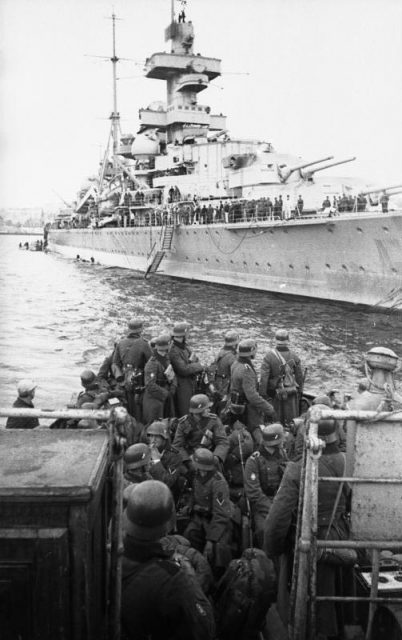
Light anti-aircraft weapons included twelve 37-mm semi-automatic cannons (SK C /30). In addition, the ship was armed with eight 20-mm machine guns (Flak 38). Torpedo armament consisted of twelve 533-mm torpedo tubes. For auxiliary tasks and reconnaissance, 3-4 seaplanes were provided. The maximum allowable crew was 1600 people.
After entering into operation in 1939, excessive flooding of the bow of the cruiser with water was discovered. For this reason, Admiral Hipper was sent to the dock to fix the defect. In addition, during service, the cruiser was repeatedly upgraded. To increase combat power, the number of guns was increased. However, during the ships first operation near Norway the engines constantly broke down. This forced the crew to return to Germany for additional repairs.
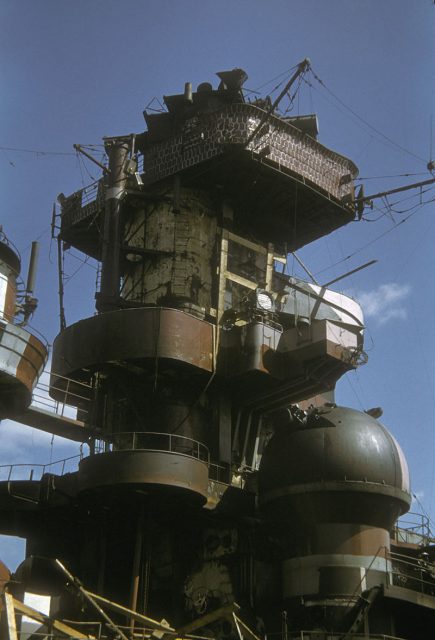
During the Danish-Norwegian operation, Admiral Hipper headed Group 2, designed to capture the port of Trondheim. There, the cruiser entered into battle with the English destroyer Glowworm. During the battle, Admiral Hipper destroyed the Glowworm but received significant damage. After the delivery of the landing troops in Trondheim, it was forced once again to return to Germany for repair.
The cruiser took part in Operations Juno and Nordseetour and in the Barents Sea. After an unsuccessful operation in the Barents Sea, Hitler ordered the ship to be scrapped for metal, but the cruiser was instead sent to the reserve.
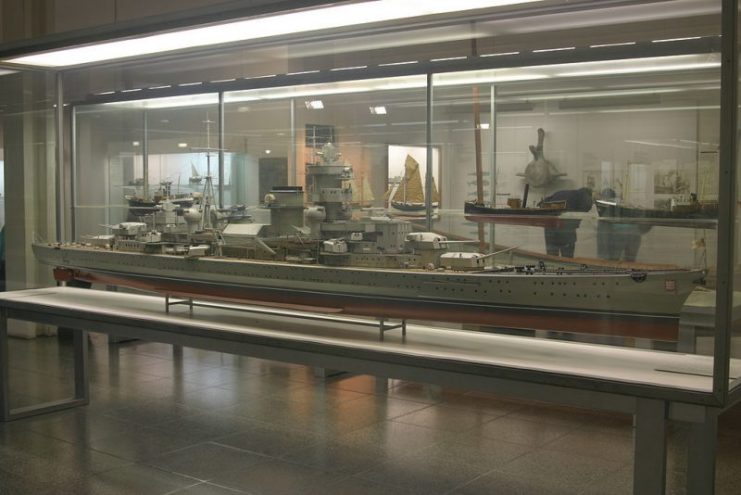
On May 3, 1945, during a British air raid on Kiel, the Admiral Hipper was seriously damaged and sank in port. Following the surrender of Germany, the cruiser was dismantled for metal.
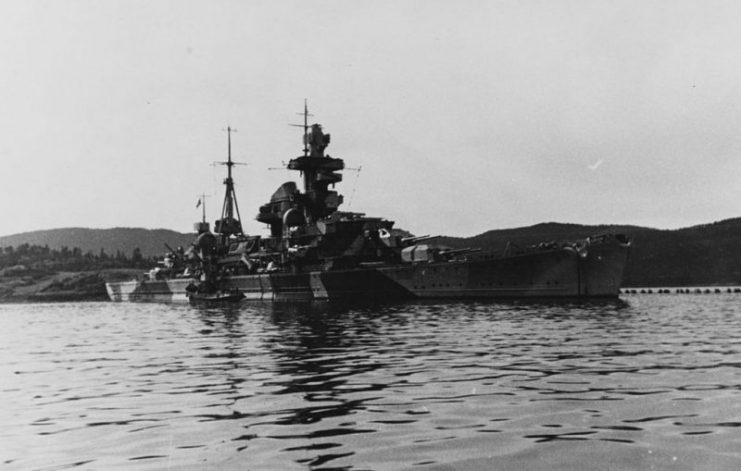
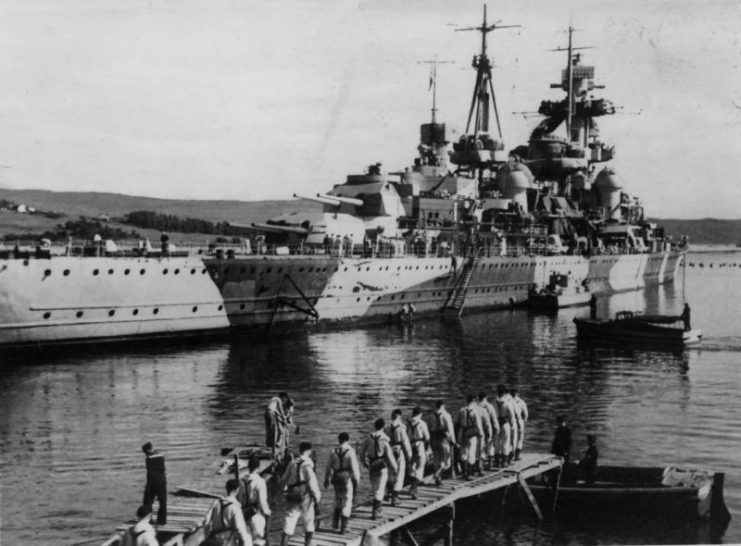
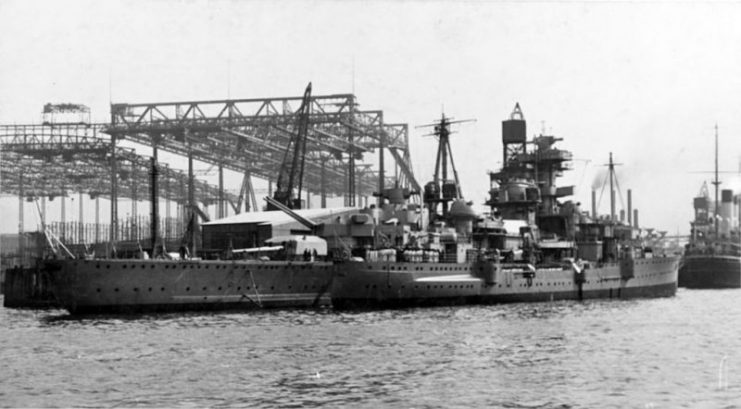
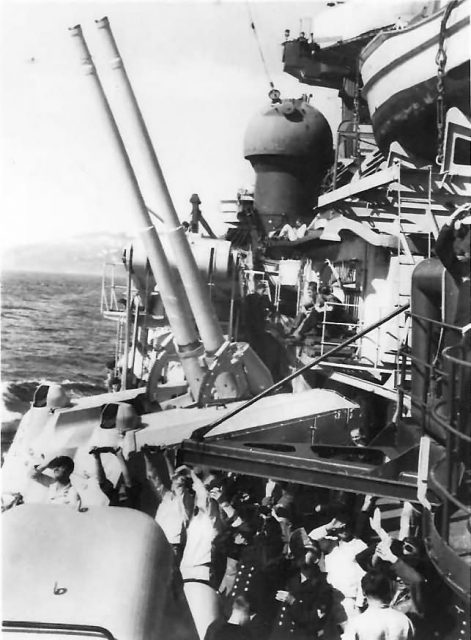
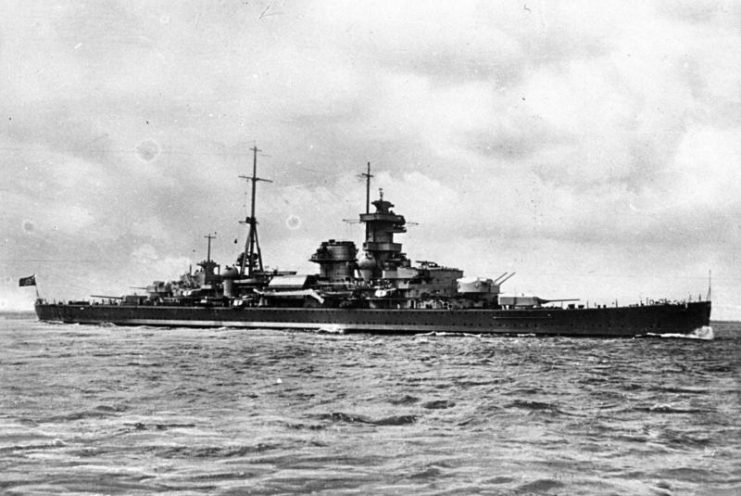
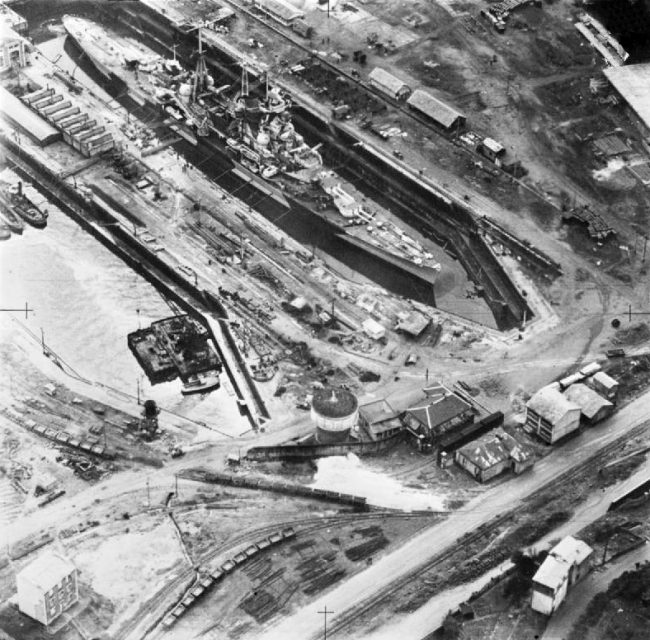
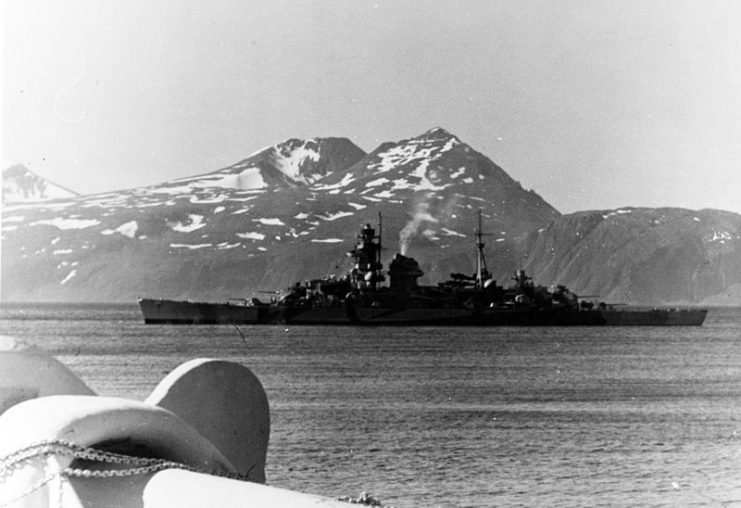
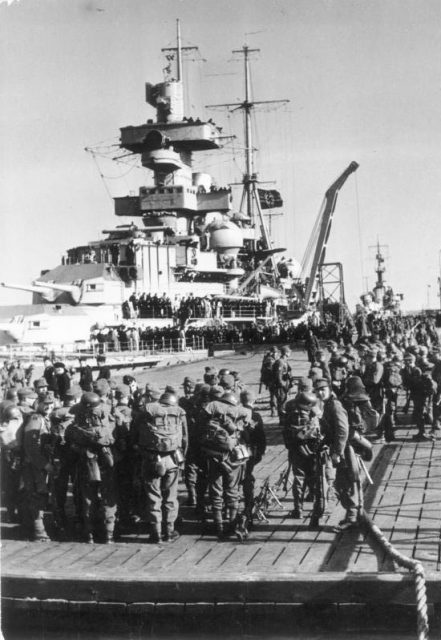
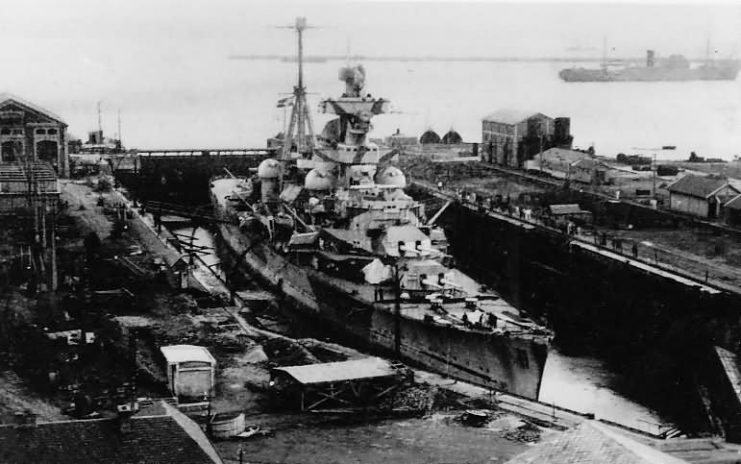
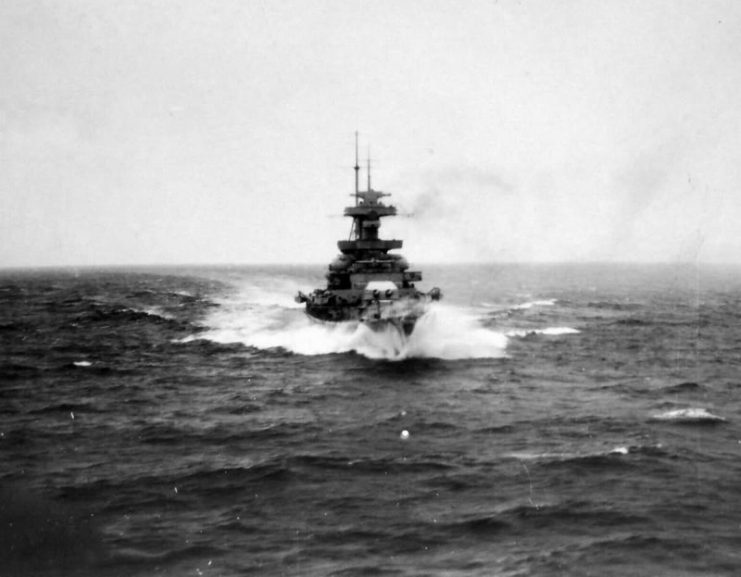
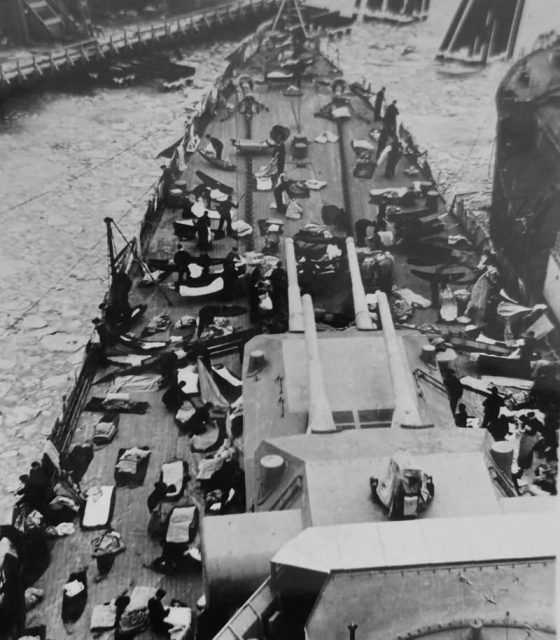
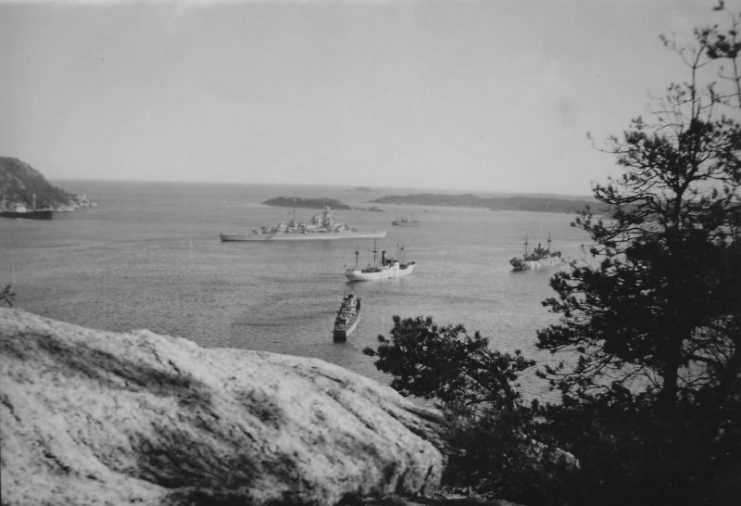
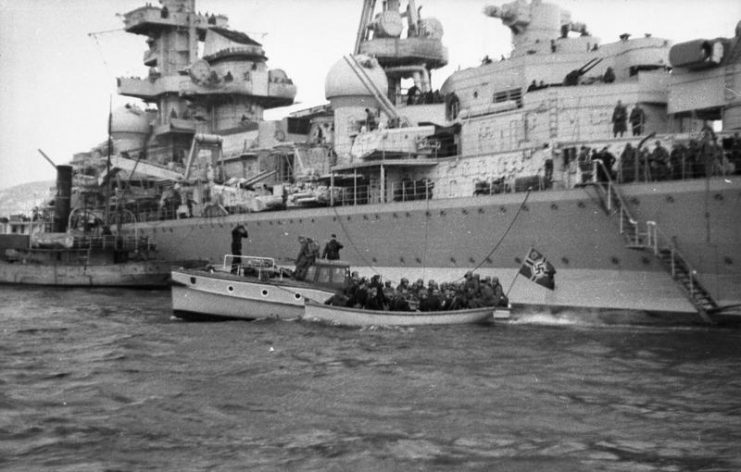
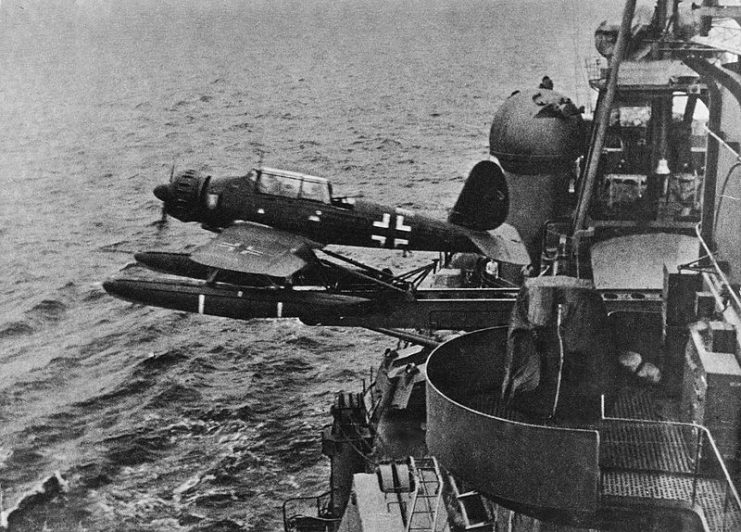
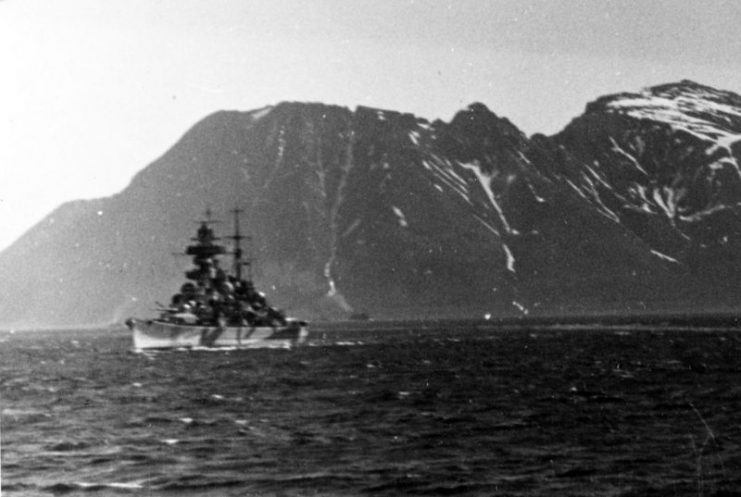
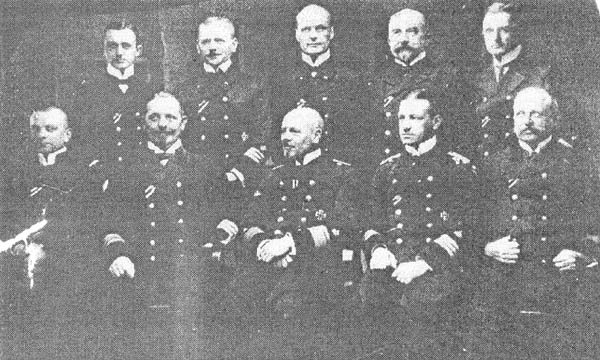
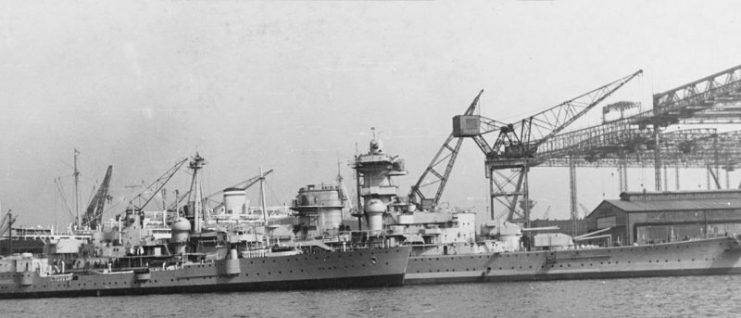
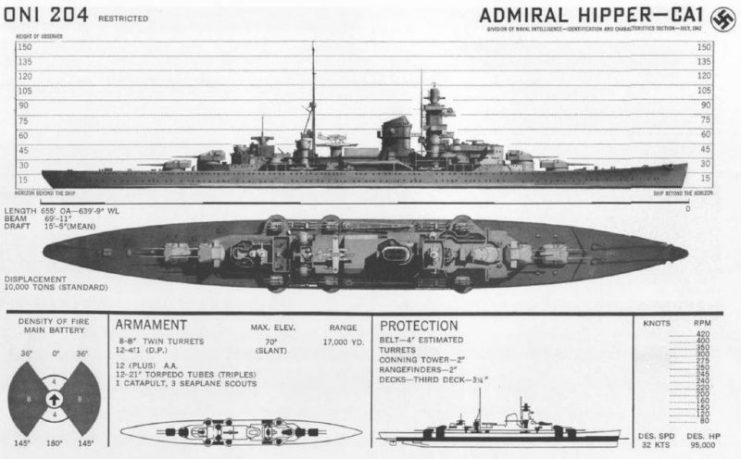
Read another story from us: When A British Destroyer Rammed a German Cruiser In World War Two
Are you a fan of all things ships and submarines? If so, subscribe to our Daily Warships newsletter!
